Antibiotics
Antibiotics For Animals
Antibiotic use in livestock is the use of antibiotics for any purpose in the husbandry of livestock, which includes treatment when ill (therapeutic), treatment of a group of animals when at least one is diagnosed with clinical infection (metaphylaxis), and preventative treatment (prophylaxis).
Antibiotics are an important tool to treat animal as well as human disease, safeguard animal health and welfare, and support food safety. However, used irresponsibly, this may lead to antibiotic resistance which may impact human, animal and environmental health.
Antibiotics Uses
Antibiotics are essential for combating animal disease. There is simply no other way to treat a bacterial infection. Antibiotics treat painful illness in suffering animals and stop disease outbreaks from spreading. This means healthier animals which can provide safer milk, meat and eggs.
These medicines are among the most valuable parts of a veterinarian’s kit and directly support animal health and welfare. However, antimicrobial resistance can put their effectiveness at risk, threatening our ability to respond to deadly bacterial disease.
Antibiotics in Veterinary Medicine
The ability of an antimicrobial drug to arrest the growth of or kill bacteria is dependent upon its mechanism of action and the concentration that the drug attains at the infection site. When a drug is introduced into the body, it is rapidly carried through the bloodstream to the liver, kidneys, and other organs that can chemically change or reduce its antibacterial activity and promote its excretion.
These processes of drug (1) absorption from its site of administration, its subsequent (2) distribution throughout the body and its elimination by (3) biochemical metabolism, and (4) excretion through the urine, bile, or other routes are pharmacokinetic parameters collectively given the acronym ADME. These variables are dependent both on the patient and on the physicochemical features and other properties of the antimicrobial drug.
This chemical and physiological processing by the body, as well as the lipid solubility and other chemical properties of the drug, affect the ability of the drug to penetrate infected tissues and make contact with pathogens that reside in interstitial fluids or host cells. The early exposure of pathogenic bacteria to effective drug concentrations for an optimum period of time is directly associated with the clinical success of antimicrobial drug therapy.
The tables below illustrate the veterinary importance of these antibiotics. The links provide additional drug information.
- Aminoglycosides
- ß-Lactam Antibiotics
- Chloramphenicol
- Fluoroquinolones
- Glycopeptides
- Lincosamides
- Macrolides
- Polymixins
- Rifamycins
- Streptogramins
- Tetracyclines
- Diaminopyrimidines (Trimethoprim)
Showing 1–16 of 28 results
-
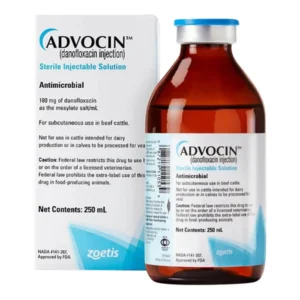
Advocin 250ml
$350.00 Add to cart -
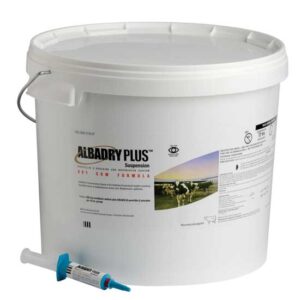
Albadry Plus
$480.00 Add to cart -
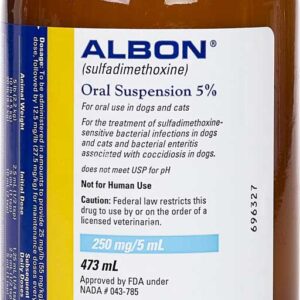
Albon Oral Suspension 5%
$135.00 Add to cart -
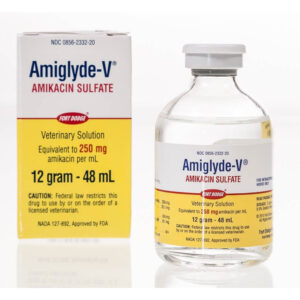
Amiglyde-V 48ml
$310.00 Add to cart -

Avipen 100ml
$35.00 Add to cart -

Azithromycin 100ml
$45.00 Add to cart -

Baytril 10% 100ml
$50.00 Add to cart -
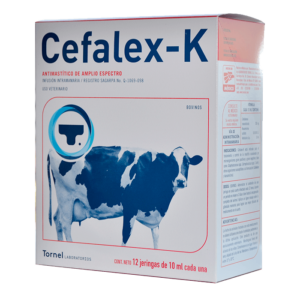
cefalex-k 10ml
$65.00 Add to cart -

Ceftionel-50 100ml
$60.00 Add to cart -
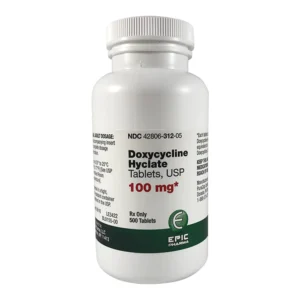
Doxycycline Hyclate 100mg
$235.00 Add to cart -
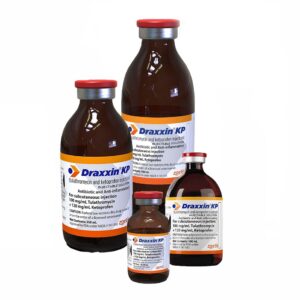
Draxxin KP 50ml
$122.00 – $1,125.00 Select options -
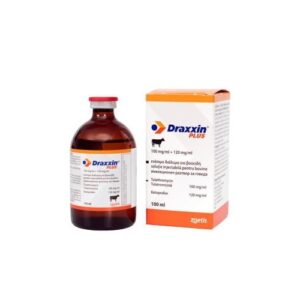
Draxxin Plus
$160.00 – $300.00 Select options -

Endoseptine 50ml
$21.00 Add to cart -
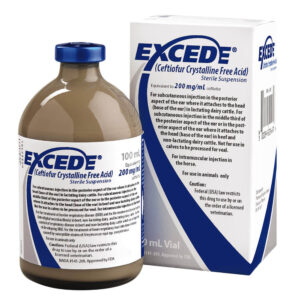
Excede 100ml
$215.00 Add to cart -
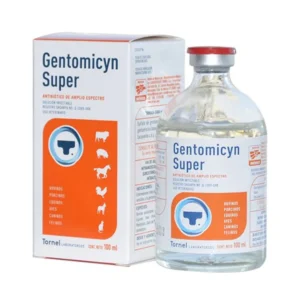
Gentomicyn Super 100ml
$45.00 Add to cart
